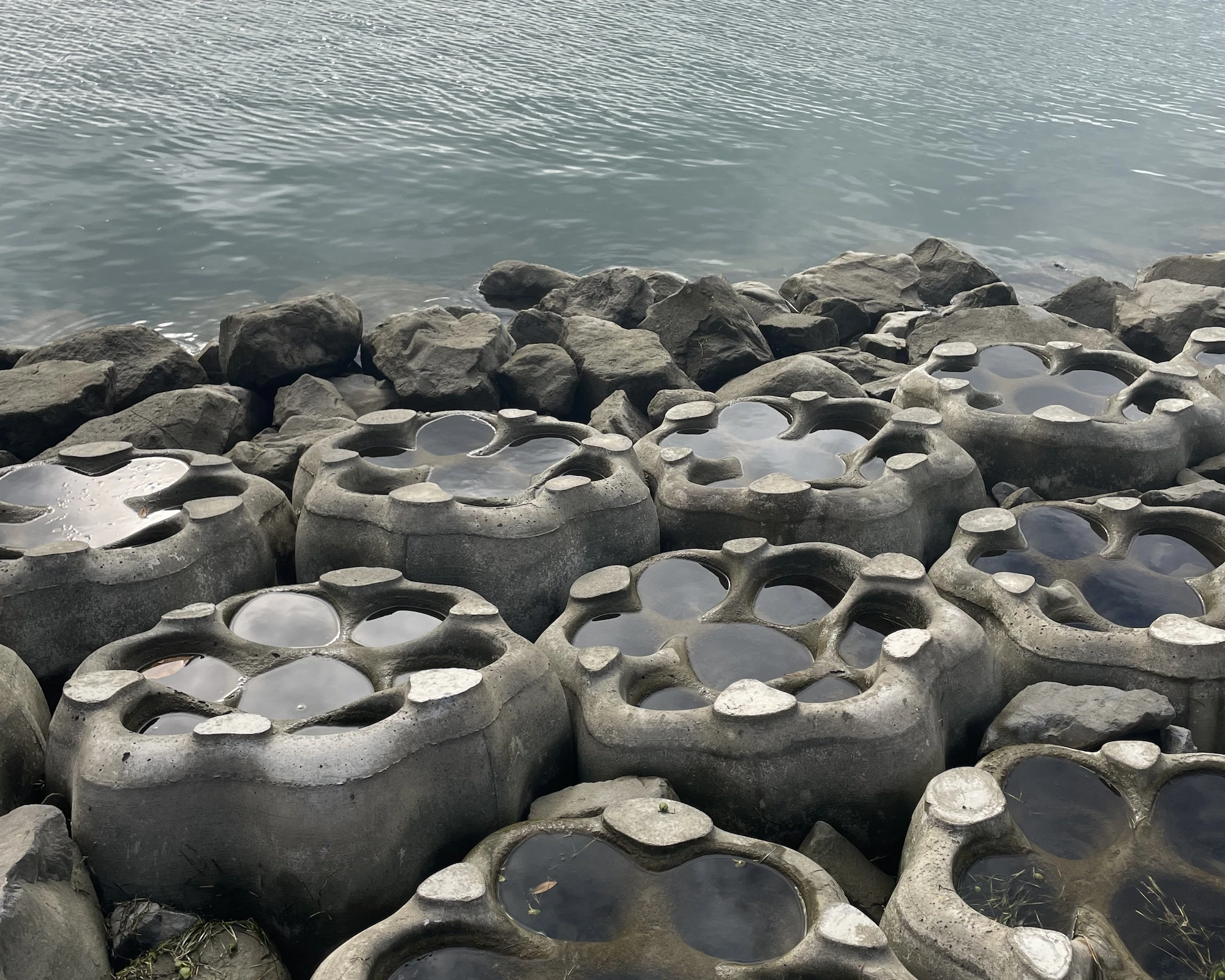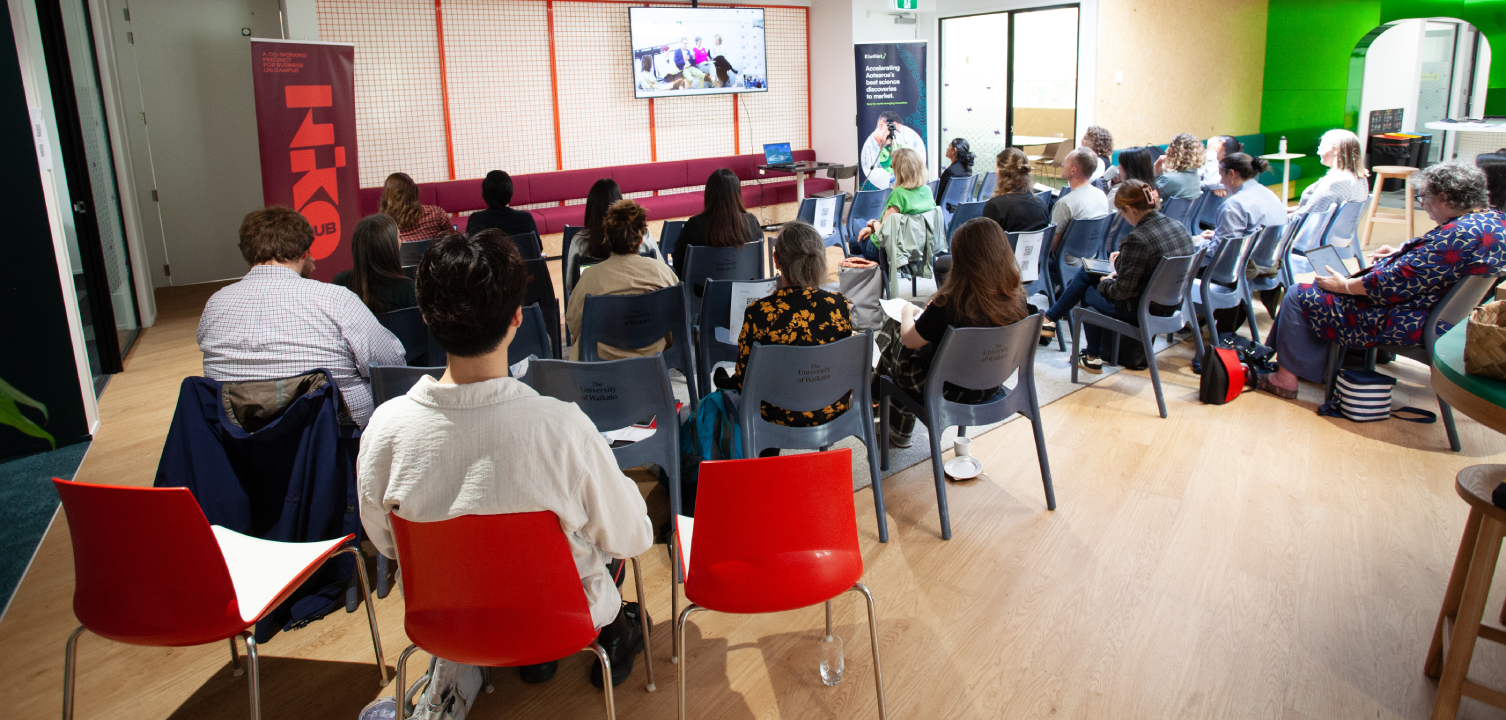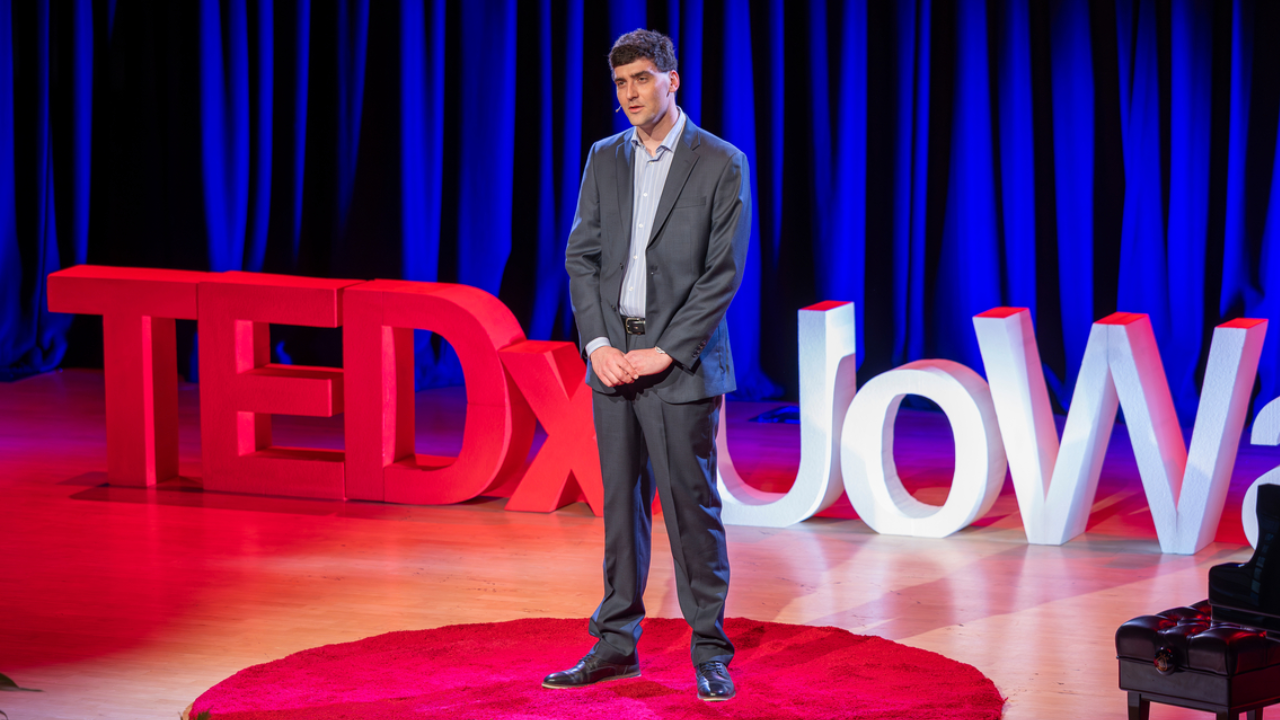Tauranga secondary school students gained a newfound appreciation of biomechanics, along with a challenging calf workout, at the University of Waikato National Biomechanics Day (NBD) event earlier this month.
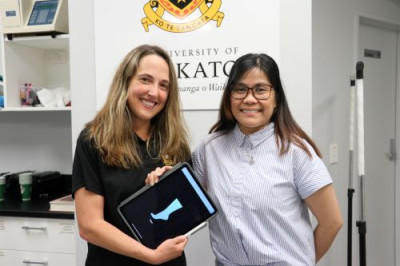
Dr Kim Hébert-Losier and PhD student Ma. Roxanne Fernandez featured the Calf Raise App at the University of Waikato National Biomechanics Day event in Tauranga.
A newly developed Calf Raise App, is receiving international acclaim for its ability to track and quantify calf muscle performance in children, elderly and high-level athletes. The technology featured at one of three activation stations at the University’s Adams Centre of High Performance in Mount Maunganui.
Students from Mount Maunganui College and Te Puke High School took turns doing the Calf Raise Test, a standard assessment used in clinics and sports to gauge calf muscle function requiring participants to stand on one leg and go up on their toes and back down as many times as they can. An iPad tracked their performance using computer-vision technology integrated in the Calf Raise App.
International PhD student, Ma. Roxanne Fernandez, and her supervisor Dr Kim Hébert-Losier, co-coordinated the University of Waikato outreach initiative. Roxanne’s research project involves testing the validity and reliability of the app, comparing Calf Raise App outcomes to gold standard research equipment.
“The students found the test harder than it looked,” laughs Roxanne. “But being so technologically-minded, they were very interested in the advantages of the app - that it provides more accurate and objective information than simply counting the total number of repetitions.”
Showcasing biomechanics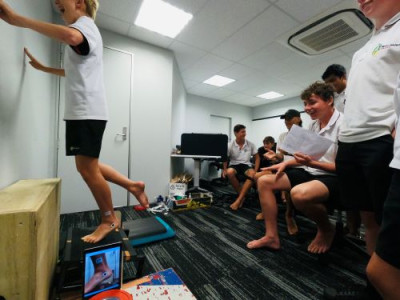
Mount Maunganui College students learnt about biomechanics while getting a calf workout at the University of Waikato Adams Centre for High Performance.
Dr Kim Hébert-Losier, who was project lead for New Zealand National Biomechanics Day, is thrilled that the event went ahead after last year’s cancellation due to the Covid-19 pandemic.
“The event, which began in the United States, has been held in New Zealand since 2017 and really showcases the amazing people, technology, work and facilities that we have across the country,” says Kim, who is a physiotherapist and senior lecturer in Te Huataki Waiora School of Health at the University of Waikato Tauranga campus.
“Biomechanics is a multidisciplinary science that incorporates STEM (science, technology, engineering and maths) subjects such as biology, chemistry, physics and maths, yet the discipline tends to fly under the radar until students get to tertiary level,” says Kim.
“National Biomechanics Day provides the perfect forum for experiential hands-on learning that goes a long way in promoting STEM careers and educational pathways to secondary school students.”
This year, while most international events were held on 7 April, the New Zealand consortium celebrated National Biomechanics Day on 13 April to better align with the school calendar. On this day, institutions across the country celebrated “mechanics of human movement” as part of New Zealand National Biomechanics Day. Other hosting institutions included the Auckland Bioengineering Institute at Auckland University, Massey University, University of Canterbury and Otago Polytechnic, welcoming around 500 high school students and teachers in total.
Promoting gender equality
This year’s New Zealand event centred on promoting women in the biomechanics field.
The University of Waikato and Canterbury University were successful in securing grants through National Biomechanics Day Outreach for Women in Biomechanics to support the initiative.
“We committed to reach at least 50% of women participating in this year’s event and we achieved that goal,” says Roxanne.
“Across the institutions, women led four of the five sites, so it sent a strong message that biomechanics, sport and research has no gender barriers, and there is a place for women in all of these fields.”
Taking the knowledge home
Following her involvement with the New Zealand event, Roxanne wants to establish National Biomechanics Day in the Philippines where she is a physiotherapist and college professor teaching anatomy and kinesiology at the University of Santo Tomas in Manila.
“As well as taking my research and learnings back home I have another goal, to see the Philippines included in the list of countries that celebrate National Biomechanics Day which, I hope, will inspire more students to pursue tertiary study in this area,” she says.
It’s a goal Kim wholeheartedly endorses.
“National Biomechanics Day presents an amazing opportunity for students, as well as to us biomechanists, to work together to increase the visibility of the field,” says Kim.
“It would be an amazing outcome for Roxanne to return to the Philippines with a PhD, an app to aid clinical practice, teaching and research, and the drive to establish an event that showcases the field she is so passionate about.”
